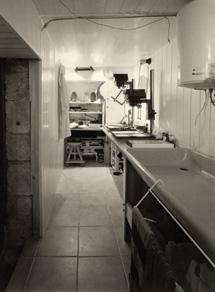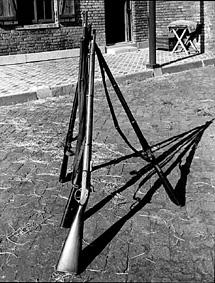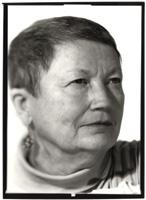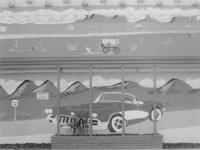The Darkroom
Sort By: Post Date TitlePublish Date
|
Jul 30, 2014 |
|
Sep 01, 2006 |
|
Feb 01, 2006 |
|
Nov 01, 2005 |
|
Sep 01, 2005 |
|
May 01, 2005 |
|
Feb 01, 2005 |
|
Nov 01, 2004 |
|
Oct 01, 2004 |
|
Sep 01, 2004 |
|
Jun 01, 2004 |
|
Mar 01, 2004 |
|
Feb 01, 2004 |
















